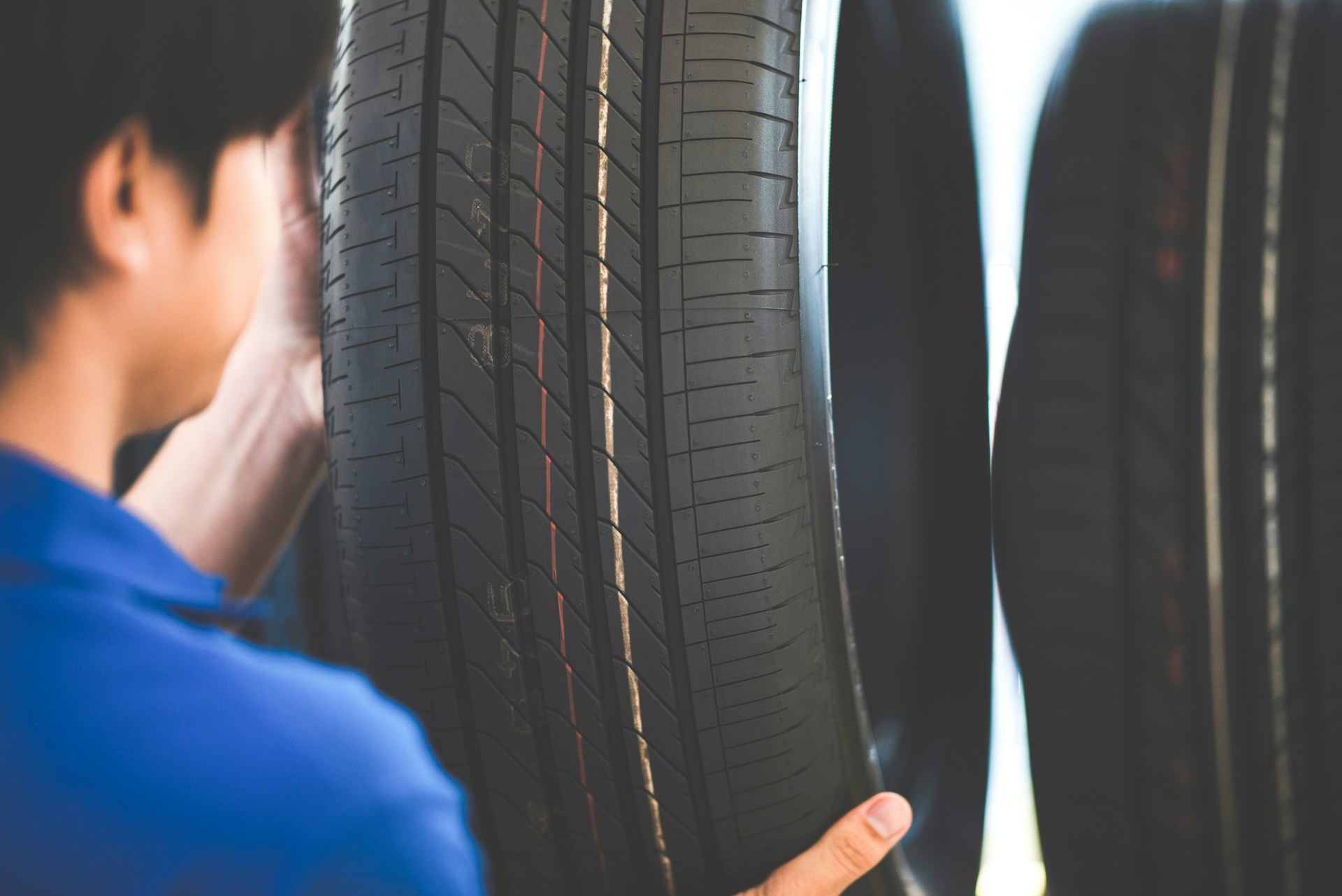Ottawa Tire Blog
Preserve Your Tires: Expert Tips for Safe and Efficient Tire Storage
When it comes to tire maintenance, it’s not only about on-road care and handling – proper off-season tire storage is an often overlooked aspect of tire preservation. Seasonal tire changes are essential for driving safety and performance, but how you store your off-season tires can have a significant impact on their lifespan and condition.
Proper tire storage techniques help protect your investment and ensure they’re in great shape when it’s time to change them again. Tire storage might seem like a simple act of stacking your tires in a corner and forgetting about them, but improper storage can lead to a host of problems.
Furthermore, inadequate storage conditions might result in irreversible structural issues that can compromise their performance and safety on the road. In this comprehensive guide, we will discuss the importance of correct tire storage and share expert tips and insights to help you safely and efficiently store your tires, prolonging their life and performance.
Key Factors to Consider for Proper Tire Storage
When planning to store your tires, it is essential to consider a few key factors that directly impact their longevity and condition. These crucial elements include:
- Humidity: Excessive moisture may cause tire rubber to dry out and lose its flexibility, leading to premature aging and cracking. It’s essential to store your tires in a dry and well-ventilated area to prevent these issues.
- Temperature: Tires should be stored in a temperate environment, ideally between 10 and 25 degrees Celsius. Extreme fluctuations in temperature may cause the rubber to expand and contract, weakening the structure over time.
- Sunlight: Exposure to direct sunlight can cause the tire rubber to degrade due to harmful UV rays. Ultraviolet radiation may lead to the breakdown of the rubber compound, compromising its strength and resilience.
- Ozone: Ozone is a naturally occurring gas that can cause tire rubber to deteriorate and age faster. Storing your tires away from electric motors, furnaces, and other ozone-generating appliances can minimize this risk.
Storage Techniques for Different Tire Types
Following proper storage techniques according to your tire type can significantly improve their lifespan and performance.
- Mounted Tires: If your tires are mounted on rims, it is advisable to store them vertically, stacked on top of one another. Alternatively, you can use a specially designed tire tree or rack that evenly distributes the weight and minimizes the risk of distortion.
- Unmounted Tires: Tires without rims should be stored horizontally, with their sidewalls resting on the ground. Be sure to stack them no more than four tires high and rotate the stack regularly to prevent excessive stress on the bottom tire.
- Inflation: Store your tires partially inflated to maintain their shape and integrity. A slight drop in pressure, to around 15 psi can help reduce the risk of flat spots and other storage-related deformations.
Expert Tips for Safe and Efficient Tire Storage
Implement these expert tips for an optimal tire storage experience:
- Clean Before Storage: Thoroughly clean your tires with mild soap and water to remove any dirt, debris, and brake dust. Ensure they are entirely dry before storing them to avoid mould and mildew growth.
- Use Protective Covers: Utilize breathable and well-fitted tire bags or covers to shield your tires from dust, dirt, and other airborne contaminants. This not only keeps your tires looking new but also safeguards their structural integrity.
- Store Indoors: Whenever possible, store your tires indoors, ideally in a cool, dry, and well-ventilated space such as a basement or climate-controlled storage unit. This ensures that they are protected from extreme temperature fluctuations, humidity, and other environmental factors.
- Elevate from the Ground: Keep your tires off the ground by using a rack, pallet, or any elevated platform to prevent direct contact with cold or damp concrete floors.
Common Tire Storage Mistakes to Avoid
Steer clear of these common tire storage mistakes to ensure optimum tire preservation:
- Storing Near Chemicals: Avoid storing your tires near chemicals or solvents, as these compounds may react with the rubber and cause degradation, leading to potential structural damage.
- Overinflating: Overinflated tires can cause stress on the rubber, leading to flat spots and deformations. Maintain a slightly reduced air pressure during storage to minimize these risks.
- Forgetting to Rotate Stacks: For unmounted tires, neglecting to rotate the stack can result in excessive stress on the bottom tire. Rotate your tire stack every few weeks to distribute weight evenly and maintain tire shape.
- Ignoring Storage Duration: Prolonged storage can impact tire performance, especially if they are not stored in ideal conditions. Check your tire manufacturer’s guidelines for specific storage duration recommendations, and consider using a tire rotation schedule to mitigate any potential issues.
Protect Your Investment with Expert Tire Storage Practices
Proper tire storage can significantly extend the life of your tires and ensure their performance remains uncompromised when it’s time to reinstall them. By following these expert recommendations and avoiding common tire storage pitfalls, you can keep your tires in optimal condition, guaranteeing a safe and reliable driving experience for years to come. Trust in our team at EasyTire to take care of all your tire storage needs with our comprehensive tire storage in Ottawa, ensuring peace of mind and the preservation of your valuable investment. Contact us today to get started.

